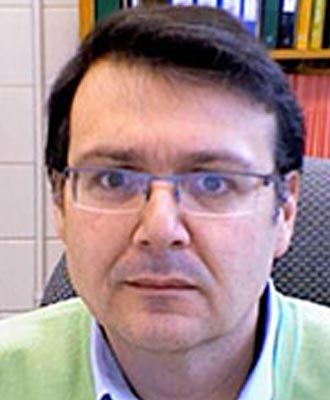Abstract
Traditional noise removal methods based on Fourier analysis, Radon transforms, and prediction filtering have occupied an important place in our arsenal of methods for noise attenuation. They all rely on different assumptions and, in general, on a simple signal model. An open problem in seismic data processing is the establishment of proper basis functions to represent seismic data. In addition, it is important to understand how one can use an optimal data representation to separate signal from random and coherent noise. For instance theories arising from the field computational neurosciences (sparse coding) have proposed algorithms to learn (extract) basis functions from the data. The latter can be used to construct a signal and noise model from the data themselves and therefore, to obtain optimal templates to represent seismic data. I will review how the old meets the new and in particular, how one can complement well-known methods for noise attenuation with novel ideas in the field of sparse coding and compressive sensing. In addition, I will provide examples of seismic data regularization where some of these ideas lead to algorithms amenable of regularizing data in the presence of strong coherent noise.
Biography
M.D.Sacchi was born in Colonel Brandsen (Argentina). He attended the National University of La Plata where he received a Diploma in Geophysics in 1988 and the University of British Columbia, Vancouver, where he received a PhD in geophysics in 1996. He joined the University of Alberta in 1996 where he teaches geophysical signal processing, introduction to seismic imaging, and inverse problems. His research interests are in applied seismology, global seismology and ultrasound medical imaging. He runs, in collaboration with graduate students and post-doctoral fellows, the Signal Analysis and Imaging Group. The latter is an industrial collaborative effort for research in statistical seismic signal analysis, transform-based methods for noise removal, seismic data regularization and imaging.





